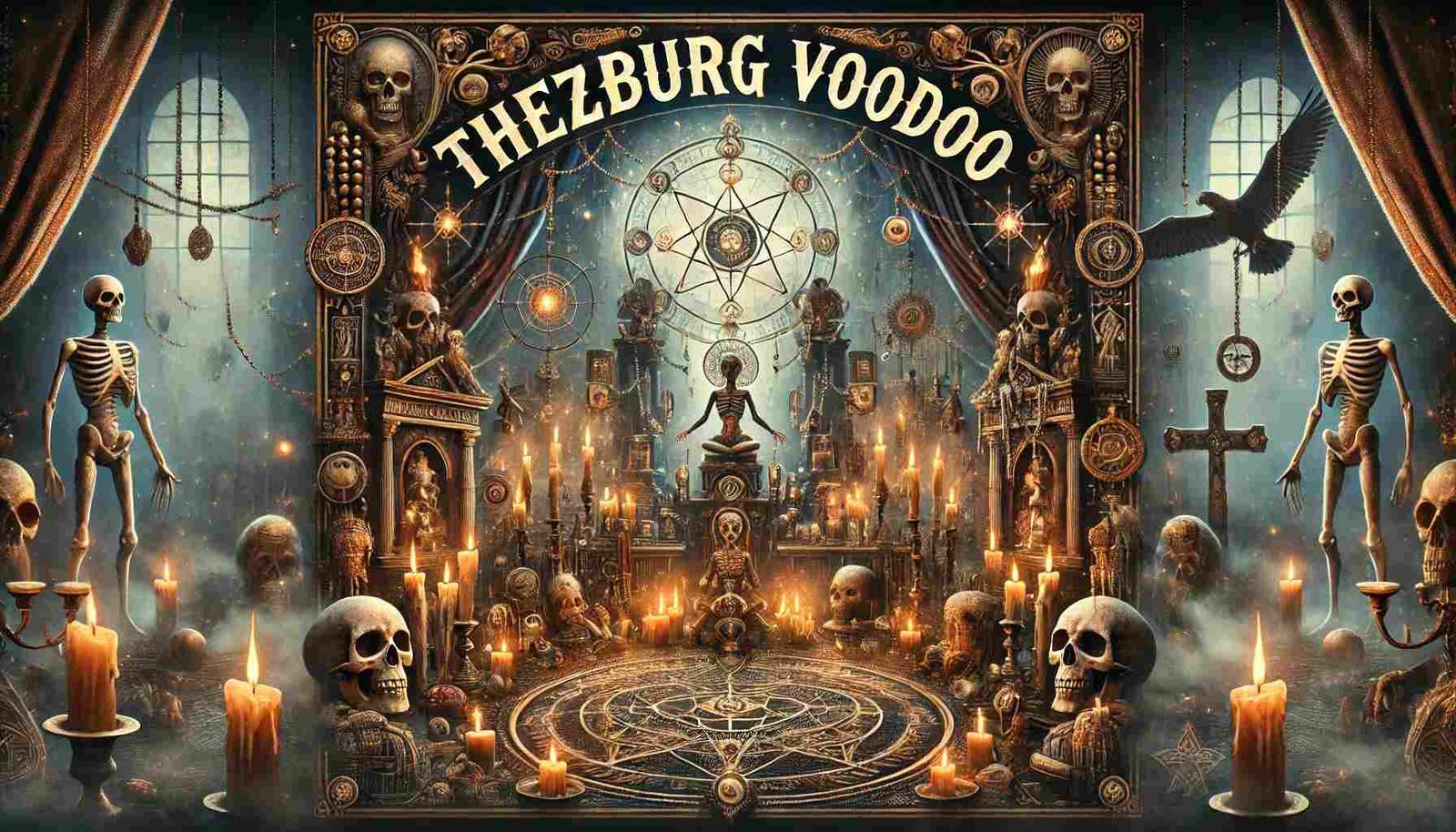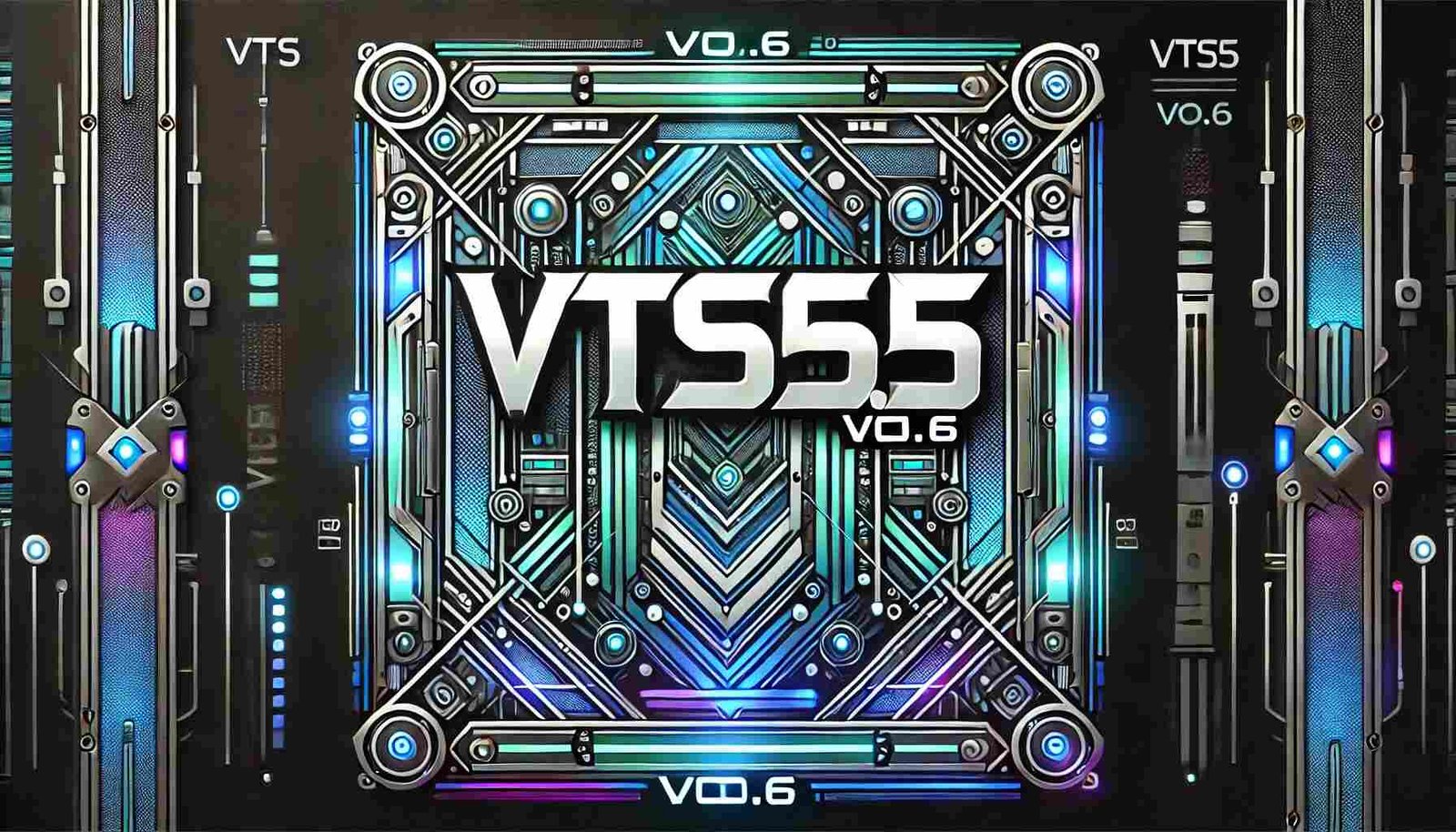Introduction
Voodoo is often shrouded in mystery and misconceptions, with many associating it with dark magic, mysterious rituals, and curses. However, the true essence of Voodoo is far more intricate and spiritually meaningful. One lesser-known variant of this ancient practice is Thezburg Voodoo, a unique form with deep historical roots. In this article, we will explore the origins, rituals, and significance of Thezburg Voodoo, demystifying its practices and shedding light on its role in both past and modern cultures.
What is Thezburg Voodoo?
Thezburg Voodoo is a distinct tradition that draws from the broader Voodoo practices found worldwide, particularly in regions such as Haiti, Louisiana, and parts of Africa. What sets Thezburg Voodoo apart from its more widely known counterparts is its localized evolution and unique practices, shaped by the specific cultural context of the Thezburg region.
Voodoo itself is a spiritual and religious practice that originated in West Africa and was brought to the Americas through the transatlantic slave trade. Over centuries, it evolved in various parts of the world, blending African, Native American, and Catholic traditions. Thezburg Voodoo, however, holds a particular place due to its specific adaptations and the development of unique deities, rituals, and symbols.
The Origins of Thezburg Voodoo
The roots of Thezburg Voodoo can be traced back to early African spiritual traditions, particularly those from the Yoruba and Fon peoples. These African beliefs were deeply connected to nature, ancestor worship, and the reverence of spirits, or Loa. When enslaved Africans arrived in the Americas, they adapted their practices, merging them with Catholicism, local indigenous traditions, and other influences they encountered in the New World.
In Thezburg, this adaptation took on a distinct flavor. While still based on honoring spirits and ancestors, the practice began incorporating local legends, folklore, and a more defined set of rituals. This synthesis led to a regional variant later known as Thezburg Voodoo. Over time, this form of Voodoo began to intertwine with the region’s culture, music, art, and community life, creating a unique spiritual ecosystem that continues to thrive today.
Key Practices and Rituals in Thezburg Voodoo
The rituals and practices of Thezburg Voodoo are deeply spiritual, focusing on healing, protection, and connection with the divine. Some of the most prominent elements of this tradition include:
- Ancestor Worship
Like many other Voodoo traditions, Thezburg Voodoo emphasizes honoring ancestors. Ancestral altars are common in Thezburg households, where offerings are made to appease these spirits and seek their guidance or protection.
- Invocation of Loa
The spirits, known as Loa, are central to Thezburg Voodoo rituals. These spirits represent various aspects of life, such as love, health, wealth, and protection. During ceremonies, practitioners call upon specific Loa, often through music, dance, and chants, to guide their prayers or requests. Each Loa has a distinct personality and set of attributes, and the rituals are tailored to each spirit’s specific qualities.
- Healing Rituals
One of the core practices of Thezburg Voodoo is healing. Voodoo practitioners are often seen as spiritual healers who use herbs, rituals, and spiritual guidance to help individuals with physical and emotional ailments. These healing practices may involve using natural remedies or invoking Loa to bring about a cure.
- Protection Spells and Amulets
The use of protective charms and amulets is every day in Thezburg Voodoo. These items are believed to provide spiritual protection and prevent harm. Practitioners often craft or acquire talismans as a barrier against negative energy, bad luck, or harmful spirits.
- Possession and Trance
Possession is a significant part of many Voodoo practices, and Thezburg Voodoo is no different. In this state, they are believed to channel the spirit, conveying messages from the divine or providing guidance to those present.
Symbols and Sacred Objects in Thezburg Voodoo
The symbolism in Thezburg Voodoo is rich and varied, with many objects and symbols holding deep spiritual meaning. Some key symbols include:
- Veve
A Veve is a symbol or drawing that represents a specific Loa. These symbols are often drawn on the ground or altars during rituals. Each Loa has its unique Veve, inviting the spirit to join the ceremony.
- Candles and Offerings
Candles play a significant role in Thezburg Voodoo rituals. Different colors of candles symbolize different Loa, with specific offerings such as food, flowers, and incense placed on altars to honor the spirits.
- Drums and Music
Drumming is an essential part of Thezburg Voodoo ceremonies. The rhythms of the drums are believed to summon the Loa, and chants and songs often accompany them. Music creates a spiritual connection between the practitioner and the divine.
Misconceptions About Thezburg Voodoo
Numerous misconceptions surround Thezburg Voodoo, primarily due to its portrayal in popular media. Some common myths include:
- Voodoo is Dark Magic: One of the most persistent misconceptions is that Voodoo is associated with evil magic. In reality, Thezburg Voodoo, like other forms of Voodoo, focuses on healing, protection, and spiritual growth. It is not centered on causing harm.
- Voodoo Dolls are Used for Curses: Dolls are often linked to Voodoo in popular culture, but in Thezburg Voodoo, these dolls are more likely used for healing or protection rather than casting curses.
- Voodoo is a Single, Homogenous Practice: Thezburg Voodoo is one of many regional variations of the Voodoo tradition. Its practices, deities, and rituals differ significantly from other forms of Voodoo found in Haiti, New Orleans, and other places.
FAQs About Thezburg Voodoo
1. What is the primary focus of Thezburg Voodoo?
The primary focus of Thezburg Voodoo is spiritual healing, protection, and maintaining a connection with the spirits of ancestors and divine entities known as Loa.
2. Is Thezburg Voodoo a dangerous practice?
No, Thezburg Voodoo is not a dangerous practice. It is centered around healing, prayer, and spiritual connection. Like any tradition, it has been misrepresented in the media.
3. Can anyone practice Thezburg Voodoo?
While Thezburg Voodoo can be learned, it is typically passed down through families or communities. Many practitioners have been initiated into the practice through mentors or elders.
4. What is a Veve in Thezburg Voodoo?
A Veve is a sacred symbol drawn to invoke a specific Loa. It is an essential part of the rituals and is often drawn on the ground or an altar.
5. How does Thezburg Voodoo differ from other forms of Voodoo?
Thezburg Voodoo has unique local influences, blending African, indigenous, and Catholic traditions specific to the Thezburg region. Its rituals, symbols, and practices reflect these regional variations.
Conclusion
In conclusion, Thezburg Voodoo is a profoundly spiritual and culturally rich practice that has evolved over centuries. While it is often misunderstood, its true purpose is healing, protection, and maintaining a strong connection with the divine. By debunking the myths surrounding this ancient practice, we can appreciate its cultural significance and its profound impact on the lives of those who practice it.
If you’re interested in exploring this ancient tradition, remember that Thezburg Voodoo is more than just rituals and symbols—it’s a way of life that connects people to their ancestors and the natural world around them.
Latest Post!
- Sulasok: Designing Filipino Corners for Wellness and Reflection
- Top 5 Benefits of Custom Transportation Software Development for Modern Supply Chains
- How to Choose the Best Election Voting Services
- Whatsapp Just Launched Exciting Design Changes and Fun New Features for Chats!
- Locksmith Soho NYC: Ensuring Your Security with Trusted Locksmith Services
- The Ultimate Guide to Toilet Leakage in Singapore What Every Homeowner Needs to Know









